4 cars that couldn’t save their doomed brands
The last-minute Hail Mary play is an age-old Hollywood cheat that’s saved hundreds of third-act plots from imploding on themselves. In the world of automotive drama, life occasionally imitates art. Not always so successfully, of course.
Car companies, like other large corporations, are sometimes victims of far-reaching economic circumstances beyond their control. When the tough times hit, a track record of recent poor decision making can be worse than just hobbling. The brands that fail (and there have been well more than a dozen over the past few decades) typically run out of cash at a crucial turning point and their parent companies can’t financially justify their continued existence.
They say it’s darkest just before they turn out the lights forever at the dealership. Most now-dead brands were on a path of steady decline before the shoe finally dropped, and that corporate doom and gloom has a way of obfuscating a clear forward path to profitability. Even if one last vehicle had the chance to turn the tide, the notion of an M. night Shyamalan-worthy twist just around the corner can seem too good to be true.
That got us thinking: Which brands had a secret star backstage that could have staved off bankruptcy and prevented a backslide into oblivion, had executives only stuck it out a bit longer? Perhaps these four dearly departed badges made the wrong choice at the wrong time and let a blockbuster slip between their fingers?
Renault Espace (AMC)
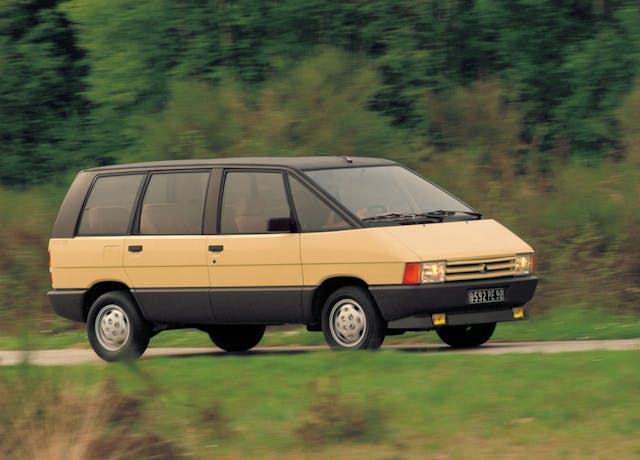
The Voyager/Caravan minivan was famously the savior of a moribund Chrysler in the mid-1980s, a profit stream that solidified the company’s finances alongside the legions of cheap and cheerful K-car variants that flooded the company’s dealers during the same era.
American Motors Corporation very nearly benefited from a similar type of box-driven bail-out. After plunging sales and mounting debt forced a partnership with Renault in the late 1970s, the company struggled to find its footing as it filled showrooms with uninspired French imports and the versatile, but unconventional four-wheel-drive Eagle family of proto-crossovers.
With only the wholly-owned Jeep subsidiary turning a profit, the Renault mothership offered what appeared to be a timely lifeline: a version of its very popular Espace van that had quickly won over European buyers with its excellent combination of interior (E)space, frugal (for the time) fuel economy, and an affordable purchase price. In fact, it’s safe to say that the front-wheel-drive Espace presented a formidable rival to the Dodge Caravan and the Plymouth Voyager, which were similarly-sized but not quite as sophisticated. The Espace made use of fiberglass-reinforced polyester body panels mixed with a roof, tailgate, and hood made of plastic, and it was aerodynamically superior to the more upright Detroit designs.
It looked like a foolproof strategy to print money for a company that had few resources available to design a minivan itself. Plans were laid to bring the Espace to America under the AMC badge for 1986, and Renault went to work adapting lighting and other details to U.S. standards. Unfortunately, in the interim Renault was forced to delay production of the U.S.-spec Espace due to a budgetary scuffle with one of its manufacturing partners. By the time the details were ironed out AMC had entered an unrecoverable tailspin, allowing Chrysler to swoop in and use all of its minivan money to buy out Renault, sunset AMC, and add Jeep and Eagle to its portfolio.
Chrysler PT Cruiser (Plymouth)
By the end of the ’90s, however, Chrysler’s minivan glory had largely faded and it was left with a basketful of brands that were dragging the bottom line from black to red. A plan was hatched to save at least one of these underperformers—Plymouth—by way of an exciting new product that straddled the line between SUV and van in a way few other American automakers had attempted.
The PT Cruiser was intended from the beginning to rescue Plymouth from itself. Its design surfed the neo-retro wave that also yielded the Plymouth Prowler, while borrowing useful bits from the successful Neon compact sedan. Its unusual “tall wagon” shape had been percolating for more than a decade behind the scenes, with Chrysler curious about the potential of a “mini-minivan” but unwilling to invest in actual production. Thatis, until the PT’s 1940s-influenced styling made the concept palatable enough to test audiences.
What happened? Well, the PT Cruiser went on to be a fantastic success … for Chrysler. Late in the planning stages, it was deemed that the hatch was a better match for Chrysler’s re-emerging passenger car lineup, and given that the planned procession of Plymouth-specific models following in the Prowler’s wake never materialized, no one wanted to waste what was predicted to be a popular model on a brand destined for the scrap heap.

It became a self-fulfilling prophecy: Plymouth never benefited from a million-selling model that would have no doubt extended its lifespan beyond its 2001 expiration date (the same year the PT debuted), and its dwindling fleet of badge-engineered also-rans guaranteed that Chrysler’s bean counters looked like geniuses in keeping the Cruiser out of Plymouth showrooms.
Eagle Vision/Chrysler 300M (Eagle)
It turns out that Plymouth wasn’t the only flailing automaker to be victimized by its mightier corporate sibling as the millennium drew to a close. Chrysler also plucked Eagle’s last remaining hope for relevance straight from the hands of its designers, as part of the same sweeping changes that swallowed up the PT Cruiser.
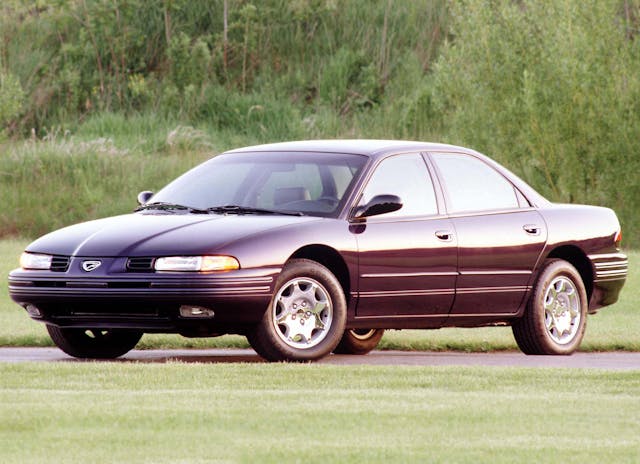
To be fair, Eagle’s position in the Mopar multiverse was precarious right from the start. Having shed its rugged four-wheel-drive models for a mix of badge-engineered Renault and Mitsubishi platforms, the company made a somewhat weak attempt to lure in would-be Euro shoppers. The full-size Vision sedan was one of its few in-house, Chrysler-helmed products.
The LH-platform sedans (Eagle Vision, Dodge Intrepid, Chrysler LHS/Concorde) were due for a redesign for the 1998 model year, and Eagle had high hopes for the next-generation Vision. It was a chance for Eagle to step out from its corporate shadow and deliver a unique driving experience wrapped in an exciting shell. Things seemed to be going according to plan as the new Vision’s prototypes tooled around Auburn Hills bearing a strikingly sporty appearance.
And then, the guillotine. Chrysler signaled the end of the Eagle brand in 1997 (the final year for the Vision), with the 1998 Eagle Talon (the only other vehicle left in the line-up other than the Summit) rolling out as the company’s coda. It would be another 12 months before the second-generation Vision appeared on the landscape, retooled as the Chrysler 300M.
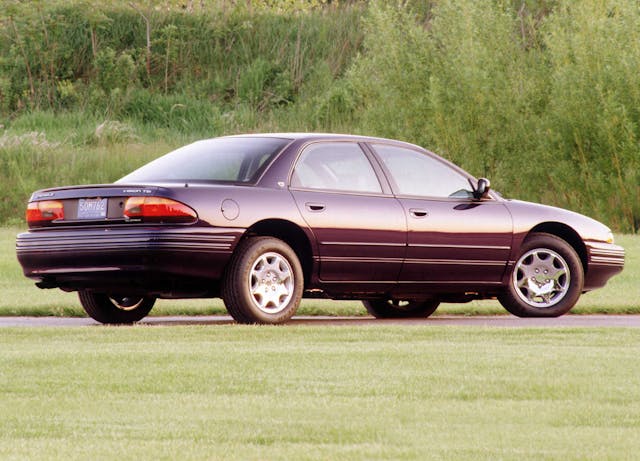
The 300M was far from a revolution, but it’s hard to argue that it wasn’t the apex of the LH platform in terms of performance and style. Smaller in size than the LHS that had preceded it, the 300M finally delivered the kind of handling that might have turned a few Audi-bound heads towards the Eagle badge, had it lived out its destiny as the Vision.
Without a supporting cast, it’s fair to say that Vision 2.0 might not have been enough to save Eagle from the wrecking ball. Tag in the PT Cruiser, however—and find a way to stuff all-wheel drive under its trend-baiting looks—and the pair could have sent Eagle down an intriguing, and maybe even profitable, path.
Hummer HX/H4
Why did it take until 2021 for an SUV builder to field a serious competitor to the Jeep Wrangler? Although past rugged trucks like the Toyota FJ Cruiser and the Nissan Xterra served a slice of that market, the go-anywhere, take-the-roof-and-doors-off crowd had to wait for the most recent iteration of the Ford Bronco for their alternative four-wheel-drive fix.
It’s easy, however, to imagine a divergent timeline in which Ford got beaten to the punch by an off-road brand that had everything to gain by standing toe-to-toe with Jeep in the Wrangler wars. In 2008, Hummer debuted the HX, a thinly-disguised concept that previewed a planned H4 model. Its primary appeal was that of a more legitimate off-roader, which would have distanced itself from the enormous H2 and the underwhelming H3 SUVs that had failed to tempt Jeep loyalists.
The HX shrunk Hummer’s distinct, chunky styling down to a two-door format, showing off a slanted rear treatment that in production was planned to give way to a more traditional passenger compartment (or even a pickup model). With the ability to remove the doors and the roof above both driver and the rear seat riders, the HX could be washed out with a hose after spending a full day tearing down the trail on its knobby, 35-inch tires. The truck boasted 13 inches of ground clearance and full-time four-wheel drive, and like the Wrangler Rubicon it could be had with locking diffs. The HX also rode on its own unique platform—a first Hummer which until that time had been forced to share GM’s pickup-based body-on-frame offerings.
The HX had great potential, but it never had the chance to move Hummer away from the blingy H2 and into a mud fight with the Wrangler. Almost as soon as it rolled onto the auto show circuit, the global recession and rising fuel prices spelled a grim forecast. Facing bankruptcy (and dealing with side-eye from the federal government about its truck-heavy, fuel-thirsty family of vehicles) General Motors had to choose between gambling on the would-be H4’s ability to drum up major sales, or simply taking Hummer out behind the barn. History records the mess that follows, but for a brief, shining moment it seemed like the HX Concept held all the answers to turning Hummer around. The nameplate is on its way back of course, as an all-electric GMC, but that six-figure SUV shares effectively nothing with the brand that met its end in 2010.

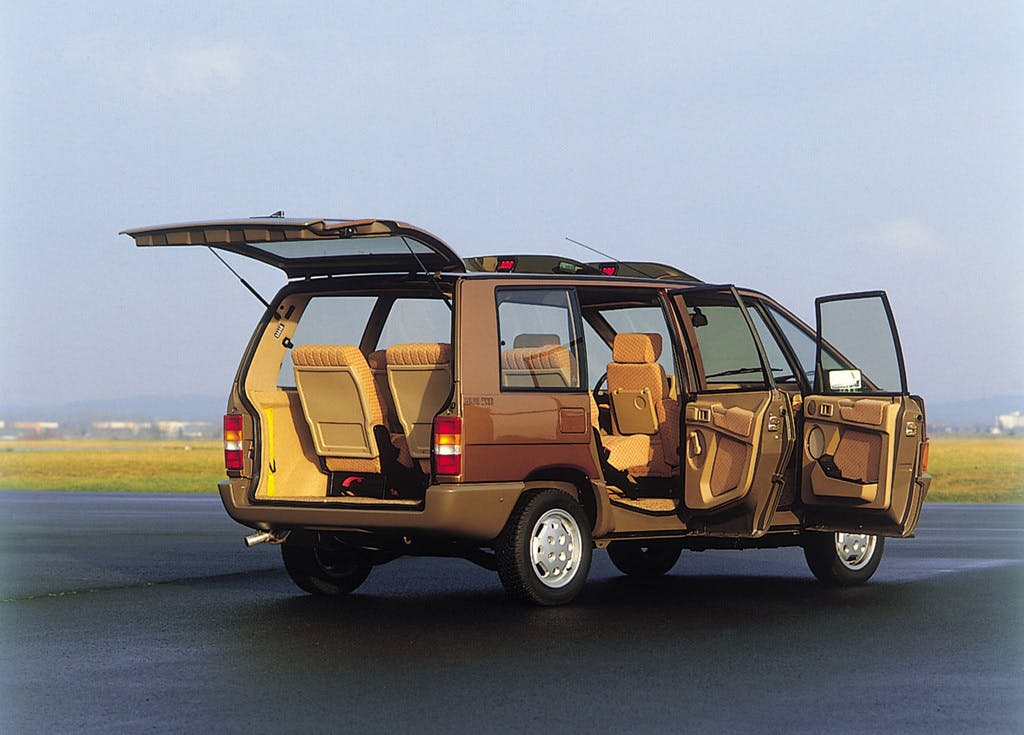
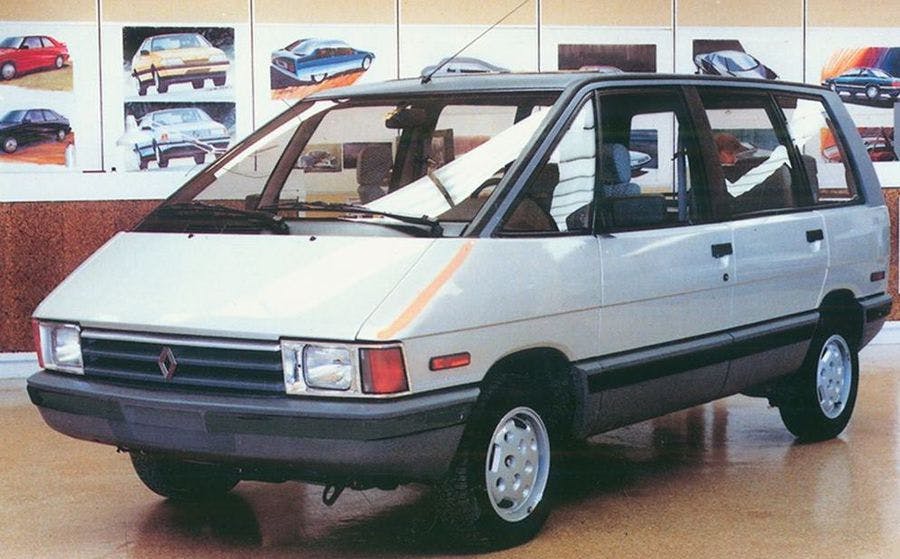
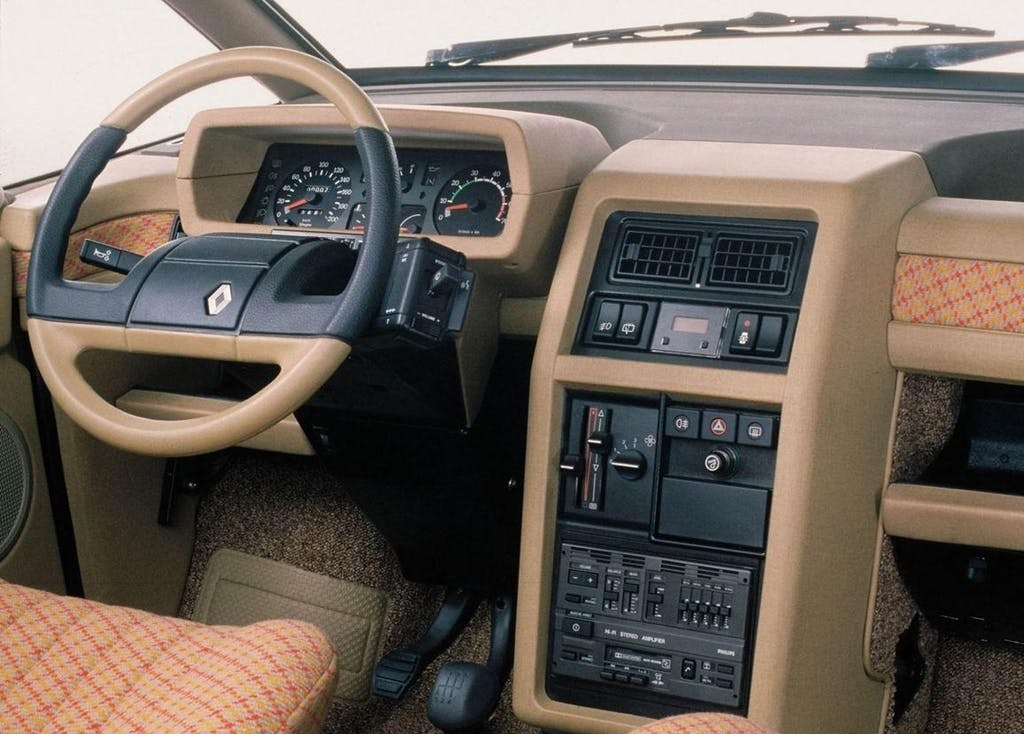
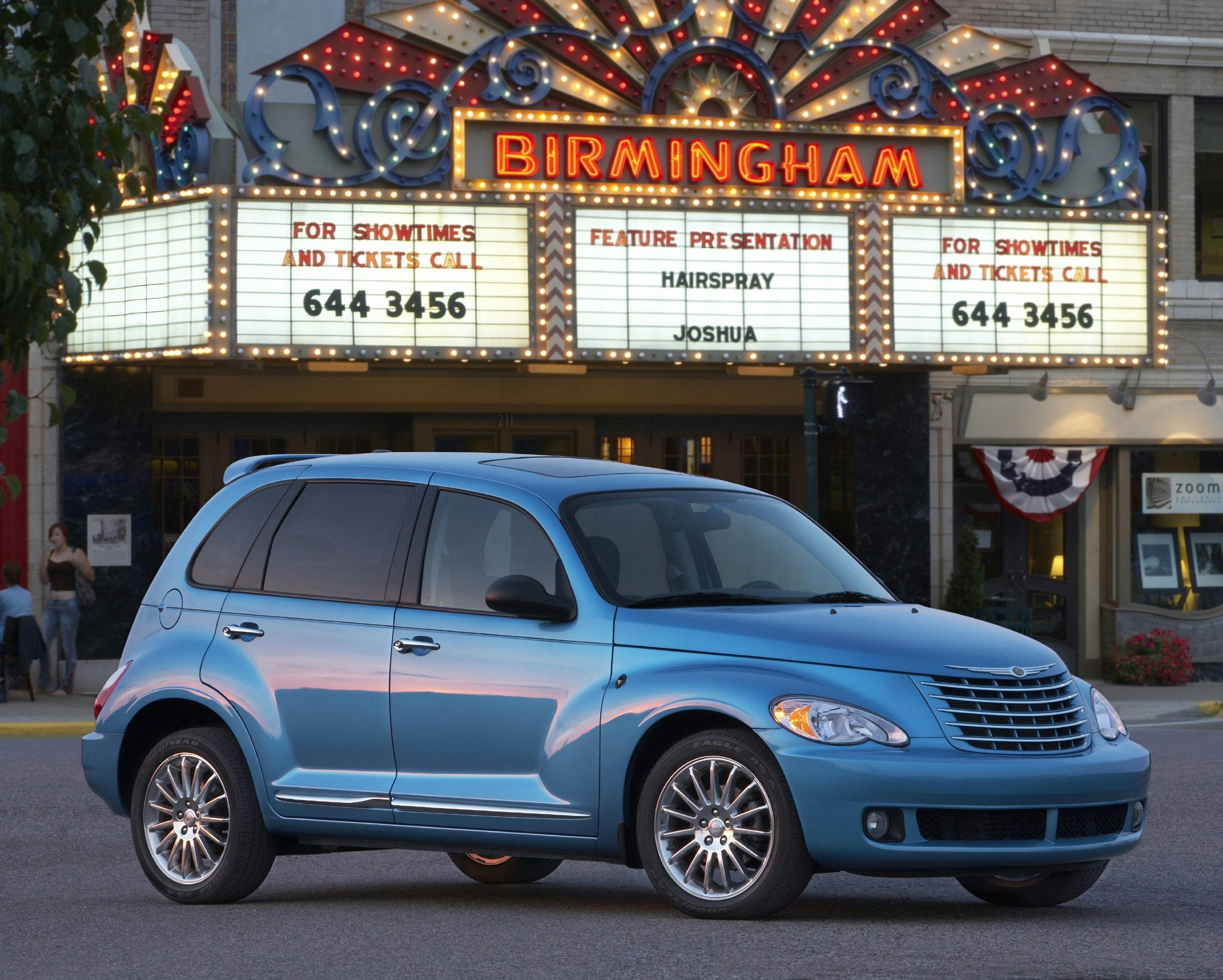

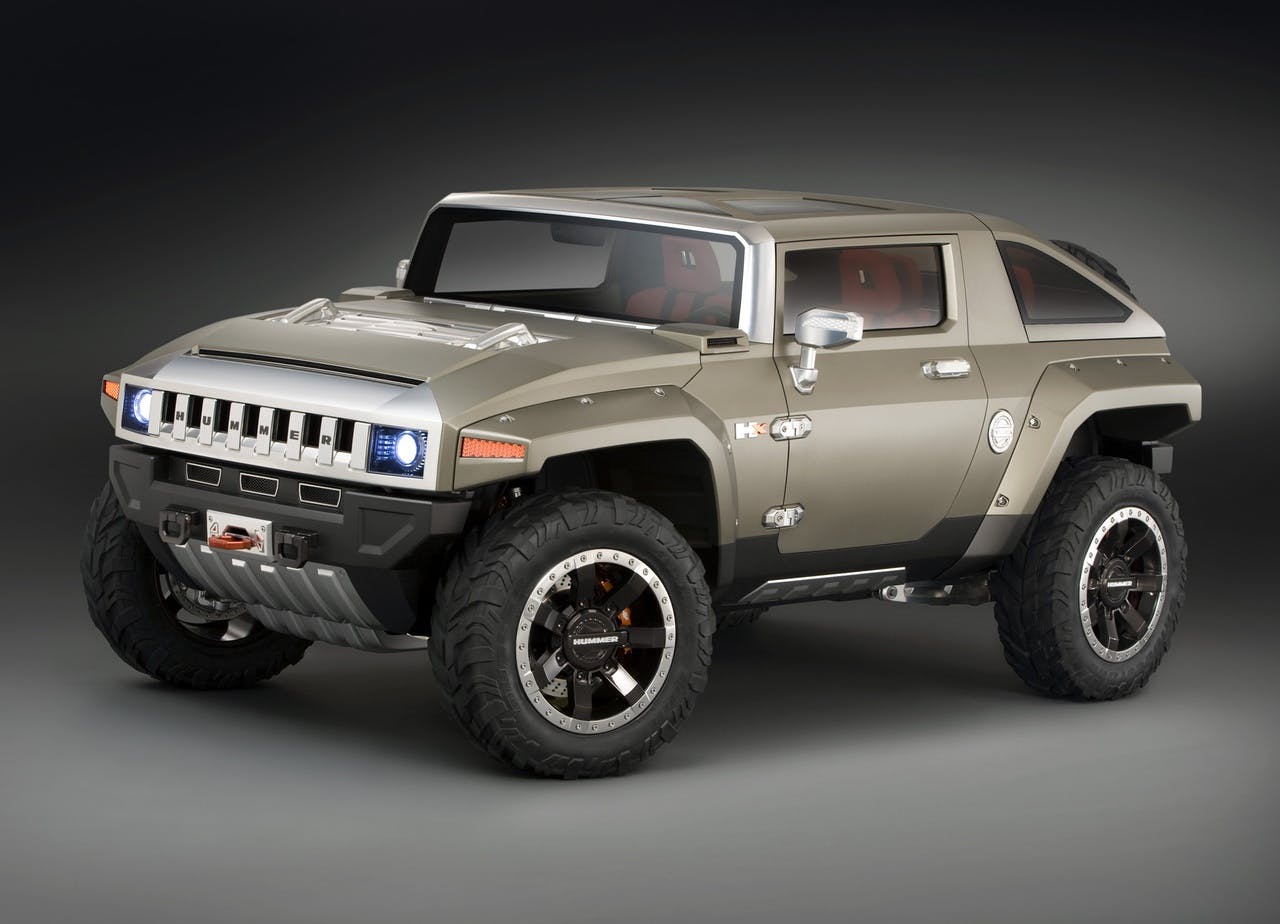
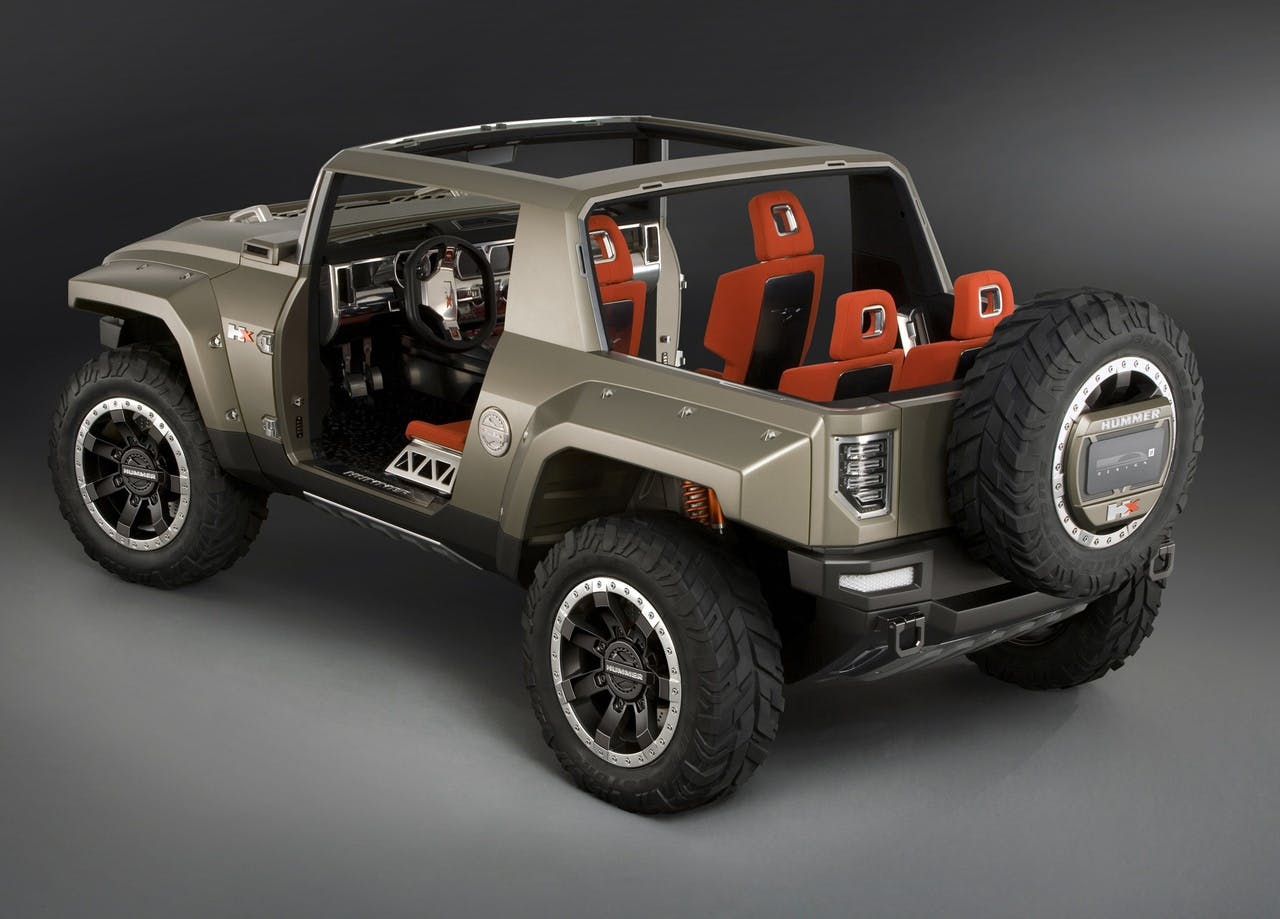
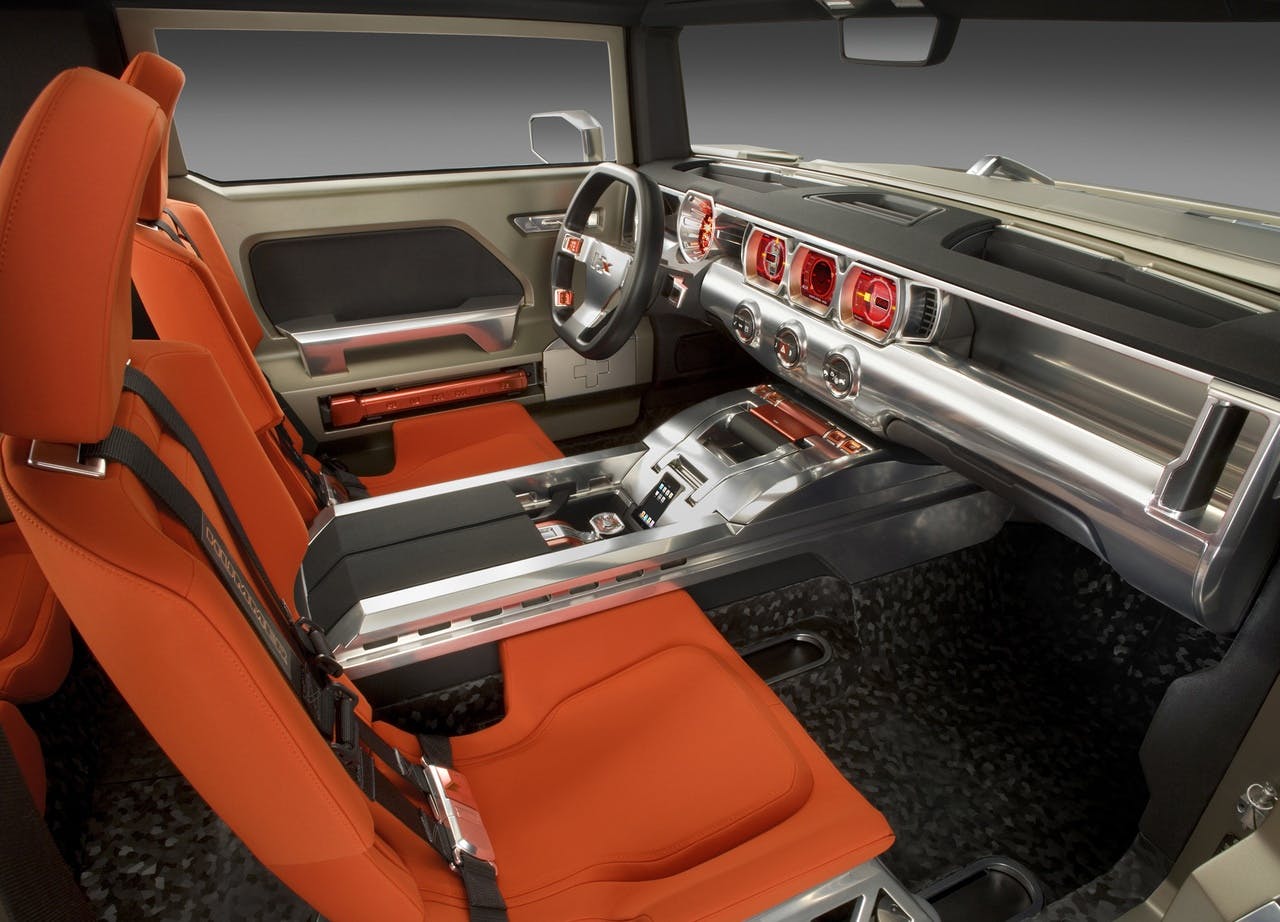
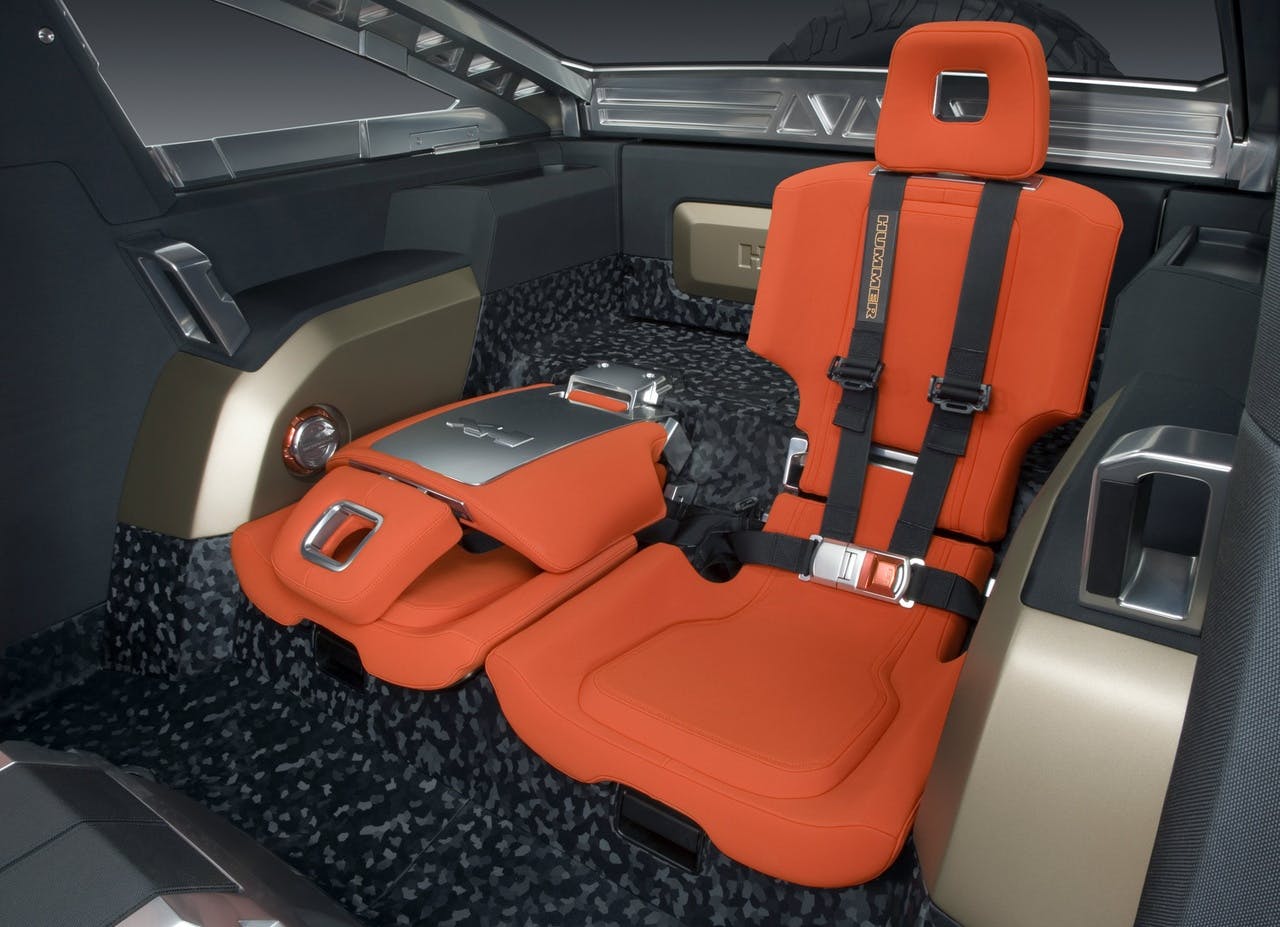

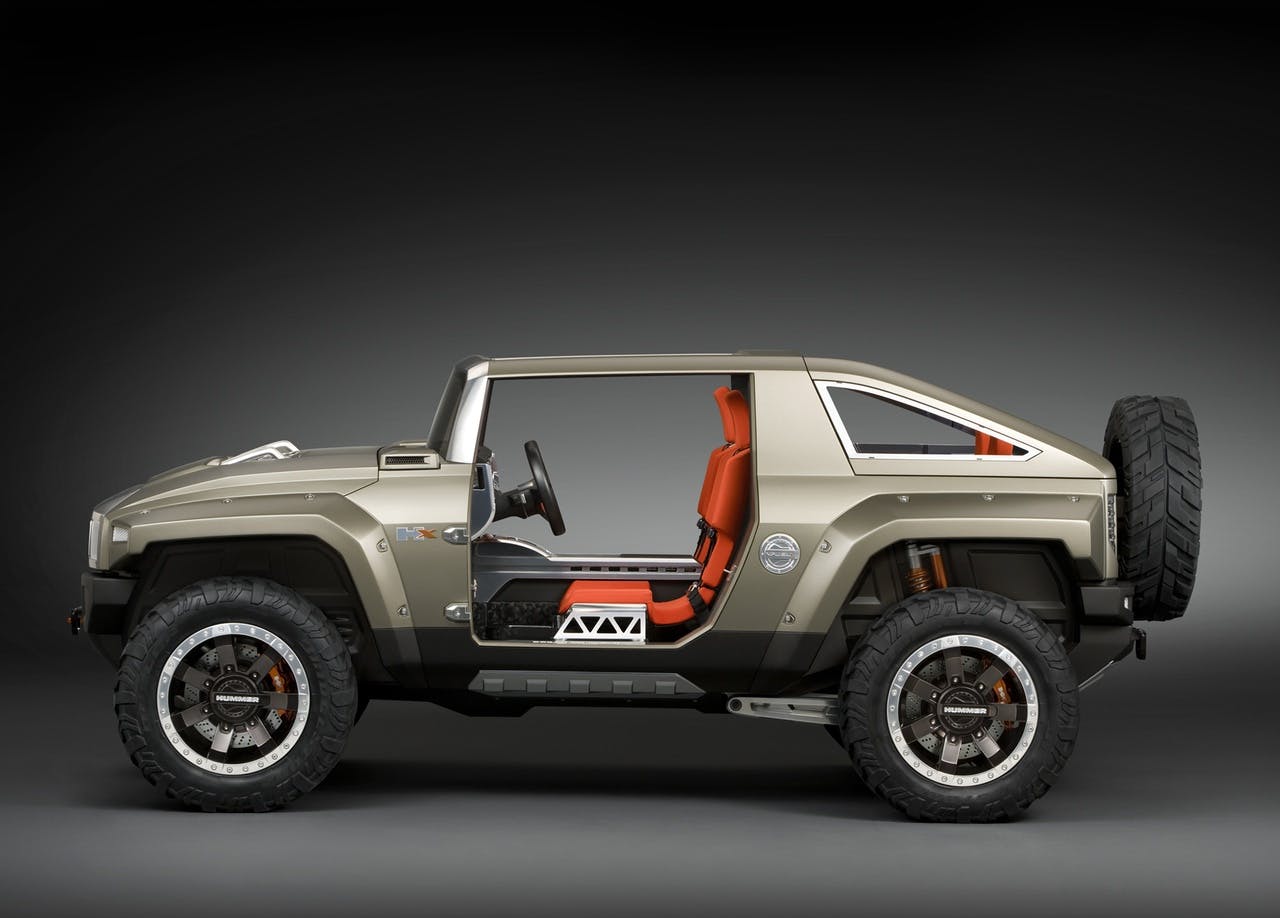
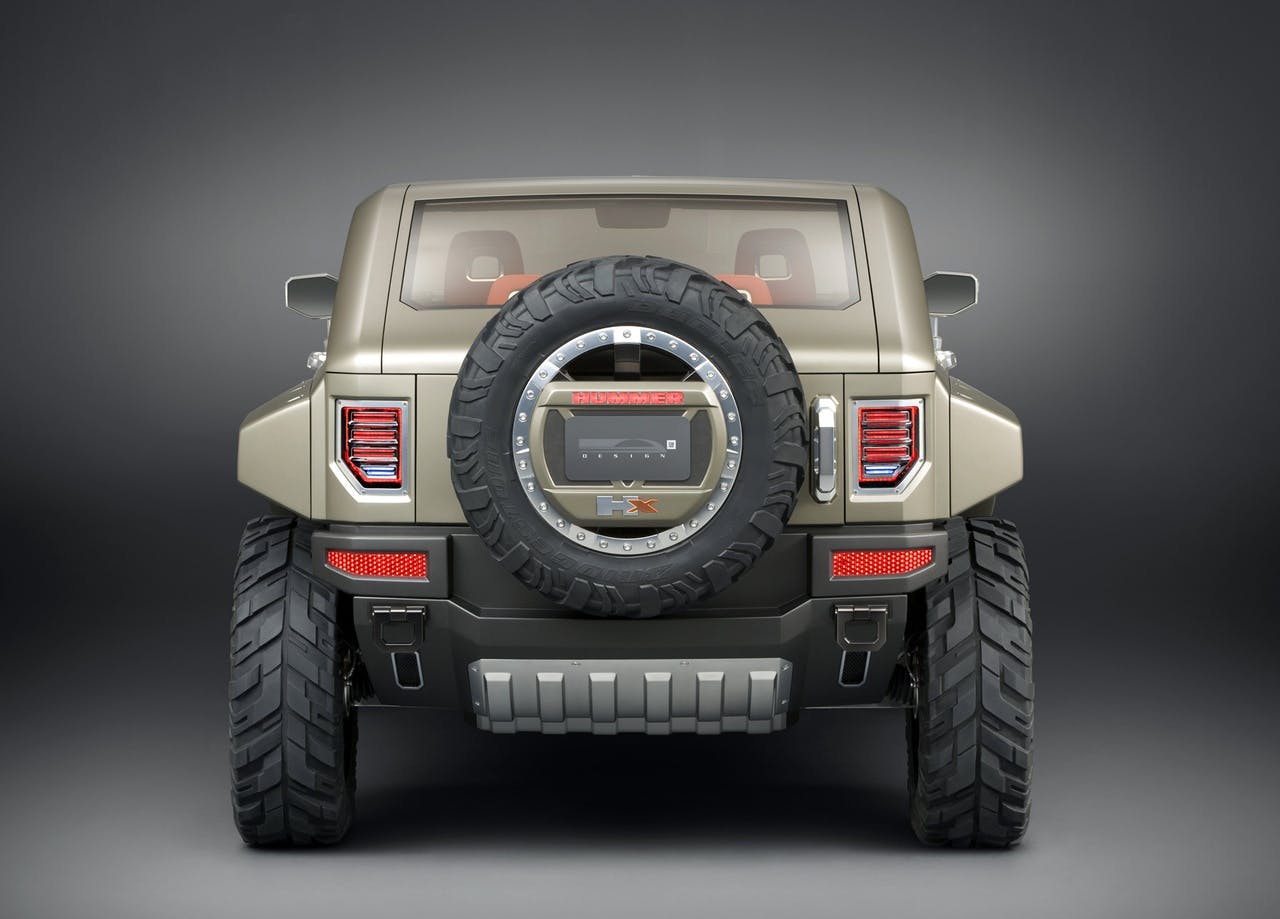
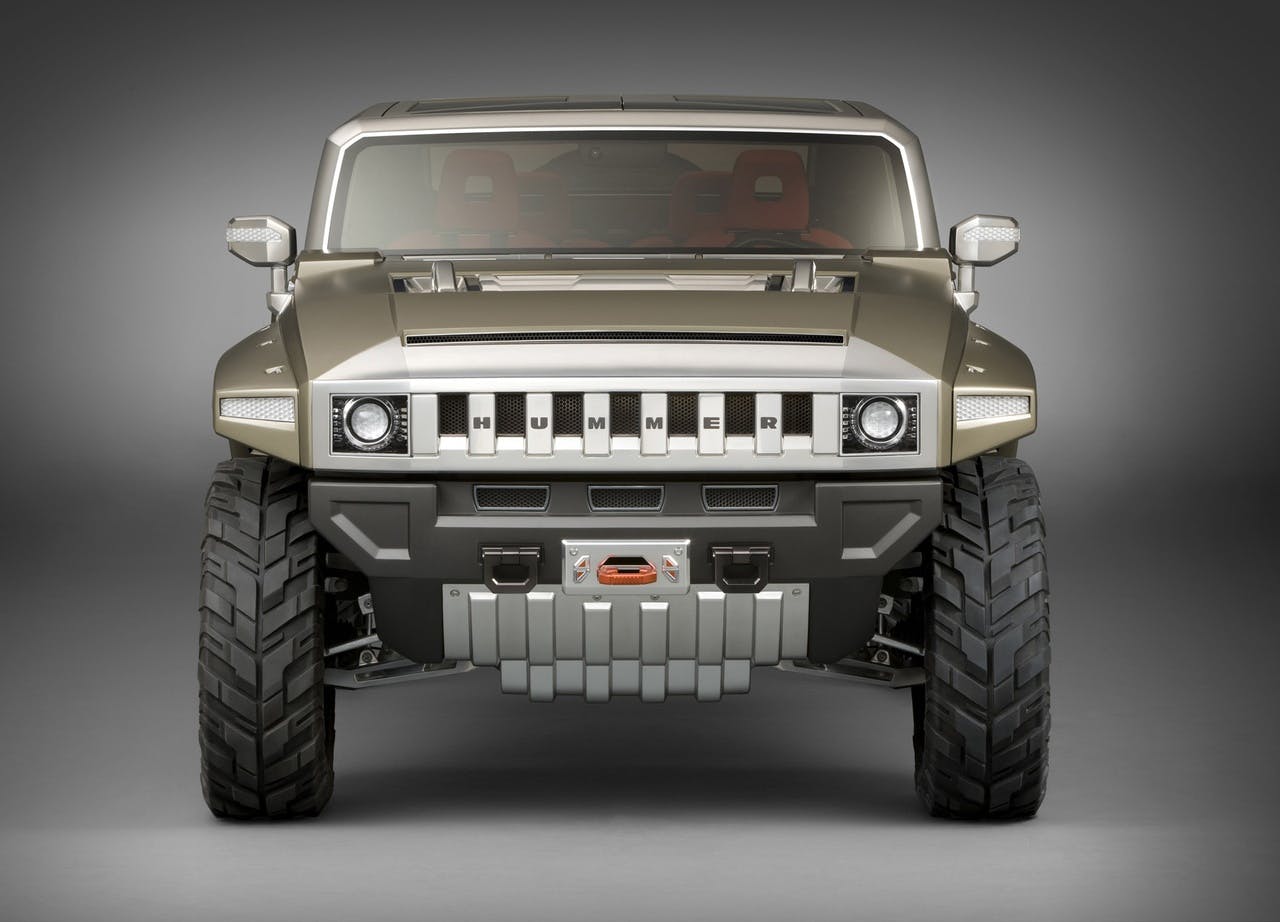
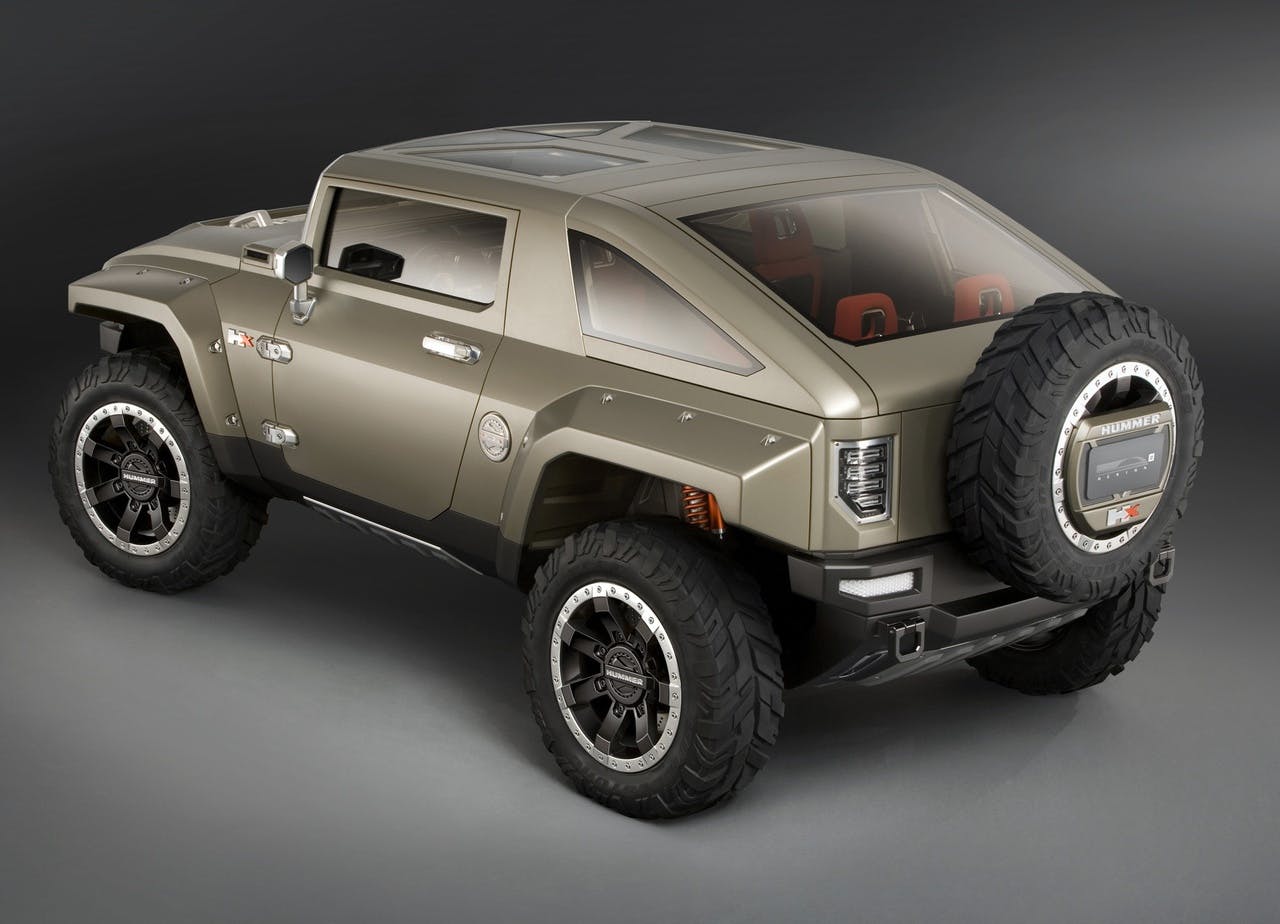


Olds and Pontiac ?
I acquired a ’99 300M coming off a 3 year lease and immediately fell in love. My wife admired the Chrysler LH cars and we did the same to secure a ’99 LHS for her. For years we were happy with our Chrysler twins. I found the Autostick in my 300 to be a constant companion. Both cars exceeded 150k without any major issues. Unfortunately, both cars were eaten alive from the bottom up from winter driving. As a testament to great engineering, the indigo instrument cluster from my 300 is in my shop display case, a reminder of perfection. Compare it to the computer driven virtual gauges in today’s hi-tech junk. Clean, classic and uncluttered white face analogs.
The renewed Holden “GTO” comes to mind. Great power train but uglier then 10 days of rain. Bob Lutz predicted that these would become collector cars. I guess time will tell. A former coworker of mine arrived to work one day in a used black PT Cruiser, he was SO proud of it too. Of course, as his “beloved coworkers” would often do, we began calling he and his car, the “PT Loser”. He didn’t like that very much be we sure did!
A 1954 Kaiser Darrin would fit nicely in this article.
I believe That the 80-83 Imperial is something for future consideration.
I was around these cars when I was young and they were all pretty cool when they came out. Now you never see any of them due to how cheap they were built. The only way to have kept one was proper storage and rarely drive it. Heat cycled plastic is and always will be trash. The pt cruiser with a 5 speed was super fun, just junky built. Non of these cars could be a “barn find” and get it going and enjoy. I wish real car guys were in marketing and these car companies wouldn’t have so many issues with sales.
Mercury Marauder ’03-’04. I had a ‘300A’ (first batch of black 03’s) and it was a great car… Amazing what they could do with that old platform. Too bad it was priced way too high for the market. I think Ford threw it out there hoping they would have a very profitable hit – and struck out.
Also had an Eagle Talon TSI back in the day… decent car, a blast to drive hard!
The first Chrysler LH car I drove was a base model Eagle Vision 3.3 V-6. From just driviong it out of the parking lot, I could feel a big difference from the Chrysler K-cars. Steering was lighter and responsive. On teh highway, even with the smaller engine, it was energetic and had somehow gotten what I term “the old Chrysler feel” back. Firm suspension, responsive handling, and other things that had gotten lost with the K-cars. I was happy. The LHS became my rent car of choice at Dollar Car Rental!
The new Eagle brand should have been Plymouth. A value brand that was more than just a lower price point. Looking at what made Plymouth great in 1955 could have easily been re-learned, but the newer marketing whizzes weren’t around then, so they didn’t investigage those earlier times. Add in a genuine Police Package and it would have been complete.
Somebody had the grand idea it would be great to attract “Euro” customers, so they chose Eagle for that. A good car to do it with, but a bad plan. I had already noticed that the ride and handling of the LHS was pretty dang close to a BMW 7-Series and had seen the late night infomercials on “The New Dodge” with Emo as the “handling consultant”, which proved that fwd cars really could handle well on a road course.
As good as the LH cars were, in the longer term, the bodies did not age as well as they could have. Too many “shrinking plastic” trim items, for example. Even on the inside, too. Nice when new, though. Plus electronics which sometimes were not robust enough to last a long time. BUT they made Chrysler lots of “golden eggs” in their bank that Daimler apparently lusted after. BTAIM
Then came Daimler and the dilution of Chrysler Corp began. Daimler-Chrysler made some really bad product decisions, which did not help the previously-thriving company exist. Consolidating the popular Neon and “Cloud Cars” into the Calibre did not work well, by observation. Customers lost. No matter if marketing tried to craft the Calibre as a “life style car” for the young and prior PT Cruiser owners.
PT Cruiser was popular as it hit at the time many Boomers were starting to downsize and needed a smaller car. It was an economy car that didn’t look like an economy car, which was an asset! GM did not expand the HHR into anything other than Chevy, although it would have been easy to do a retro Olds or Buick off of it with little work. Plus some interior upgrades as necessary. The later HHR Panel had LOTS of neat stuff on it, but few people noticed. The intercooler on the HHR SS Turbo models was vulnerable to curbs, too.
When Chrysler was rolling in the 1990s, stock prices tended to double with each new line of vehicles introduced. No other car company had ever done that, consistently. That all stopped after the Daimler “merger”. No telling where Chrysler could have gone if Kerkorian had not wanted more dividend distribution! Plus his friend Lee wanting back into Chrysler in about the same time.
In the 1990s, one of the neat things was “profit sharing” for the employees, based on company profits. Chrysler’s average profit sharing check was about $10K per employee, with Ford a good bit less, and GM closing plants due to over-capacity. Chrysler was doing quite well! Stacking cash away to get them new vehicles in the future as well as a suspscted economic downturn. Then the “Daimler situation” happened and those profits vanished.
HUMMER was a halo and niche brand for GM. Capitalizing on that vehicle’s involvement in major wars across the globe. Also allowed GM to hone their electronic suspension skills, plus some other things that would later turn up on production vehicles. HUMMER attracted lots of wealthy customers into GM showrooms, which was good for the dualled HUMMER dealers. Trying to downsize it onto the mid-size GM pickup truck chassis with an underpowered engine for the too-heavy vehicle did not sell well.
GM made LOTS of poor marketing choices in the 1990s! They starved Oldsmobile for money and product as they spent that money to re-vitalize Cadillac and make it viable again. Pontiac was struggling until it only had minivans and small cars, NONE of which had any performance versions that caught on. It was obvious that GM was skimping on product and marketing, back then. Not to forget the first demise of the Camaro!
The years prior to the word of its end, the sales brochures were minimalistic. They had the requisite picture of a law enforcement IROC having a Mustang GT pulled over in the Nevada desert and little else. They were not spending money as they were seeking to make the like less relevant. When the uproar of “the end” coming, Chevrolet suddenly put out a sales brochure with many poster-quality pictures in it and GM suddenly started to do damage control! The “marketing whiz” who orchestrated “the end” should have been banishsd to Greenland or similar!
Oldsmobile could have been saved with a little product re-alignment and very little more cost involved. Aiming at Infinity rather than Lexus, as Lexus was Buick territory. While not forgetting about those pesky Chrysler LHS cars! A real car guy could have re-aimed Oldsmobile and kept it going. But FEW people in GM management were car guys. The John Smale Era at GM might have made money, but also made it with a declining market penetration. Everybody liked profits, but when penetration dropped below 20% of the total market and then to 17%, THEN people got concerned about GM living longer. Very short-sighted.
GM’s bright spot was Lutz. Many people he had at Chrysler followed him to GM when Daimler came to Chrysler. Many were the best assets which Chrysler had, although there were two or three similar people under them that took over their jobs at Chrysler. Lutz kept GM going as to products for a while, but he could not really change the bad things that were in process or had already been done.